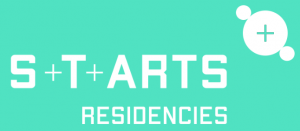 We are very happy to present two STARTS Residencies projects during Futur.e.s festival on 13th and 14th June, at the Galerie des Gobelins in Paris. Created by Cap Digital, Futur.e.s festival offers for two days interactive summits that mix inspirational lectures, workshops and masterclasses, and 80 innovative demos rigorously selected for their emerging, sustainable nature and technological excellence.
We are very happy to present two STARTS Residencies projects during Futur.e.s festival on 13th and 14th June, at the Galerie des Gobelins in Paris. Created by Cap Digital, Futur.e.s festival offers for two days interactive summits that mix inspirational lectures, workshops and masterclasses, and 80 innovative demos rigorously selected for their emerging, sustainable nature and technological excellence.
STARTS website: https://www.starts.eu/
>>>>>>>>>>>>>>>>>>>>>>>>>>>>>>>>>>>>>
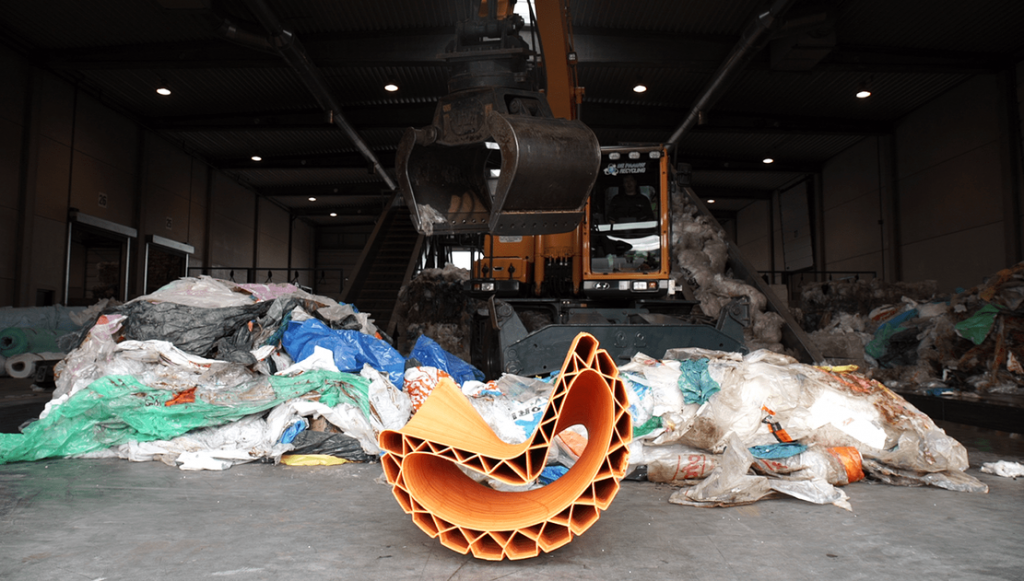
PRINT YOUR CITY by The New Raw
June 13 & 14 from 9.00am to 8.00 pm – Free entry
What if citizens could build their cities from waste?
Print Your City explores the concept of applying 3D printing to plastic waste, as a way to re-design urban space.
In the project Print Your City, urban dwellers transform their plastic waste into raw material for public space, creating a circular stream within the city. This is achieved by recycling household plastic waste with robotic-3d-printing and producing components that upgrade the built environment through citizen involvement and the principles of circular economy.
A project developed by the design studio the New Raw in collaboration with PlasticTwist platform.
>>>>>>>>>>>>>>>>>>>>>>>>>>>>>>>>>>>>>
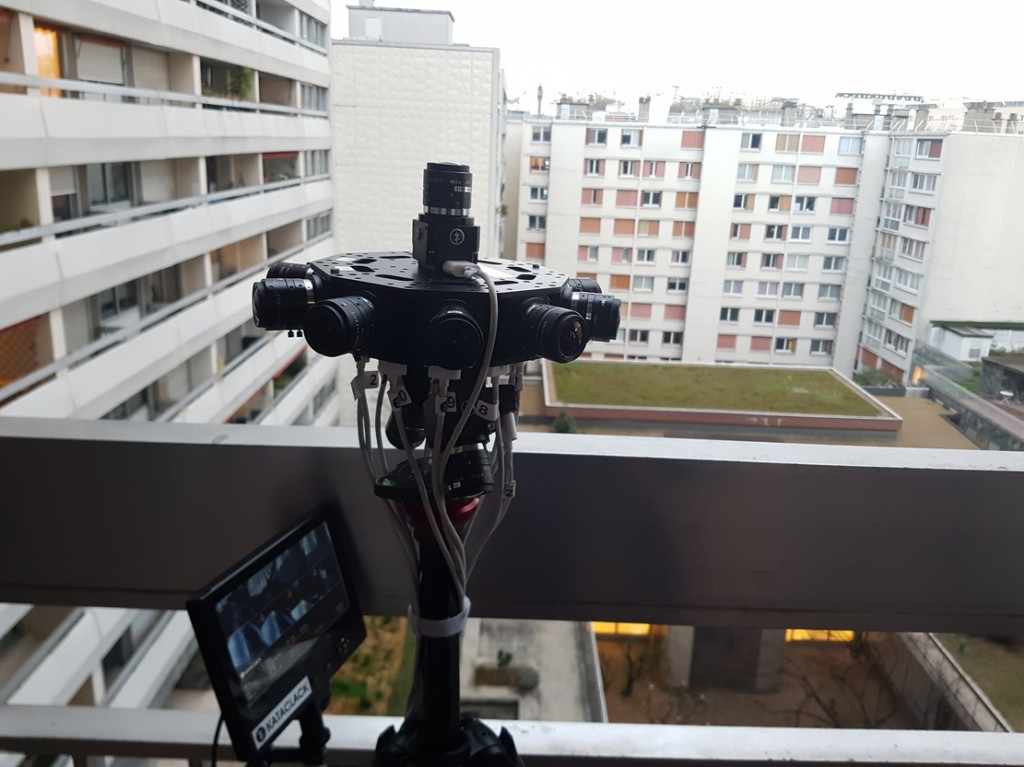
MASTERCLASS “How art pushes startups beyond intended uses?”
June 14 from 2.30 to 3.00 pm – Free entry
Speakers:
Laurent Bazin, stage director
Line Brucena, co-founder of Gengiskhan Production
in the framework of “My fears murmured to you” STARTS Residency
MORE INFO :https://futures.paris/


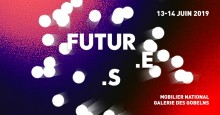
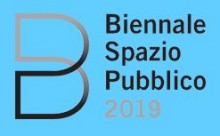
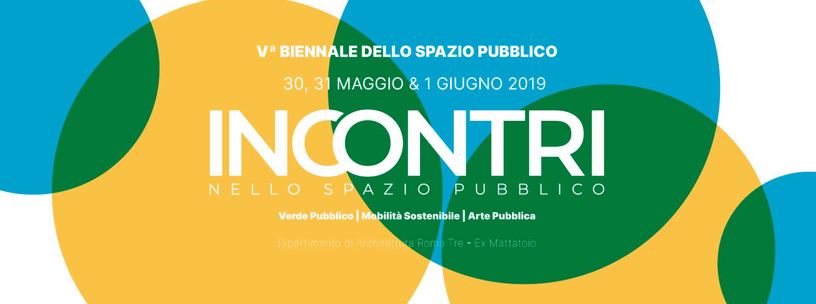 The contemporary city suffers the large and rapid changes of urban and social nature, spreads individualism and it is increasingly difficult to trace what is recognized as “common”; this increases the degradation and the abandonment of real public space, but public space represents a privileged place to meet, socialize, share interests, promote activities of construction and development of forms of participatory democracy; it embodies the identity of a city and the shared values of the community that resides there.
The contemporary city suffers the large and rapid changes of urban and social nature, spreads individualism and it is increasingly difficult to trace what is recognized as “common”; this increases the degradation and the abandonment of real public space, but public space represents a privileged place to meet, socialize, share interests, promote activities of construction and development of forms of participatory democracy; it embodies the identity of a city and the shared values of the community that resides there.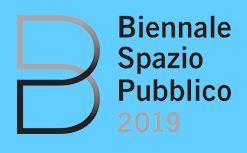 The Biennial promotes meeting and comparison between citymakers, individuals or associates, who show interest in a physical re-appropriation of the city with representatives of Municipalities and Regions, professional Associations, universities and companies; the aim is to outline effective shared solutions and the enhancement of public spaces.
The Biennial promotes meeting and comparison between citymakers, individuals or associates, who show interest in a physical re-appropriation of the city with representatives of Municipalities and Regions, professional Associations, universities and companies; the aim is to outline effective shared solutions and the enhancement of public spaces.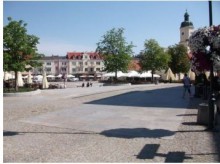
 Last May the open-access peer-reviewed international academic journal “Urbanities” published the result of the Polish case study carried on in the framework of the Small Towns Heritage Pilot of REACH Project. The article was written by
Last May the open-access peer-reviewed international academic journal “Urbanities” published the result of the Polish case study carried on in the framework of the Small Towns Heritage Pilot of REACH Project. The article was written by 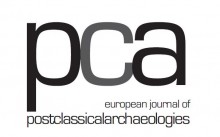
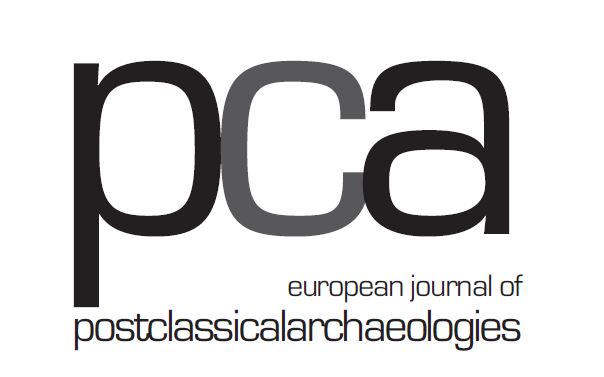 The independent European journal of post classical archaeologies PCA recently published an article facing the theme of the participation on cultural landscape.
The independent European journal of post classical archaeologies PCA recently published an article facing the theme of the participation on cultural landscape.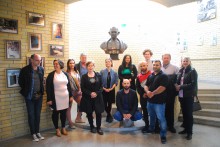
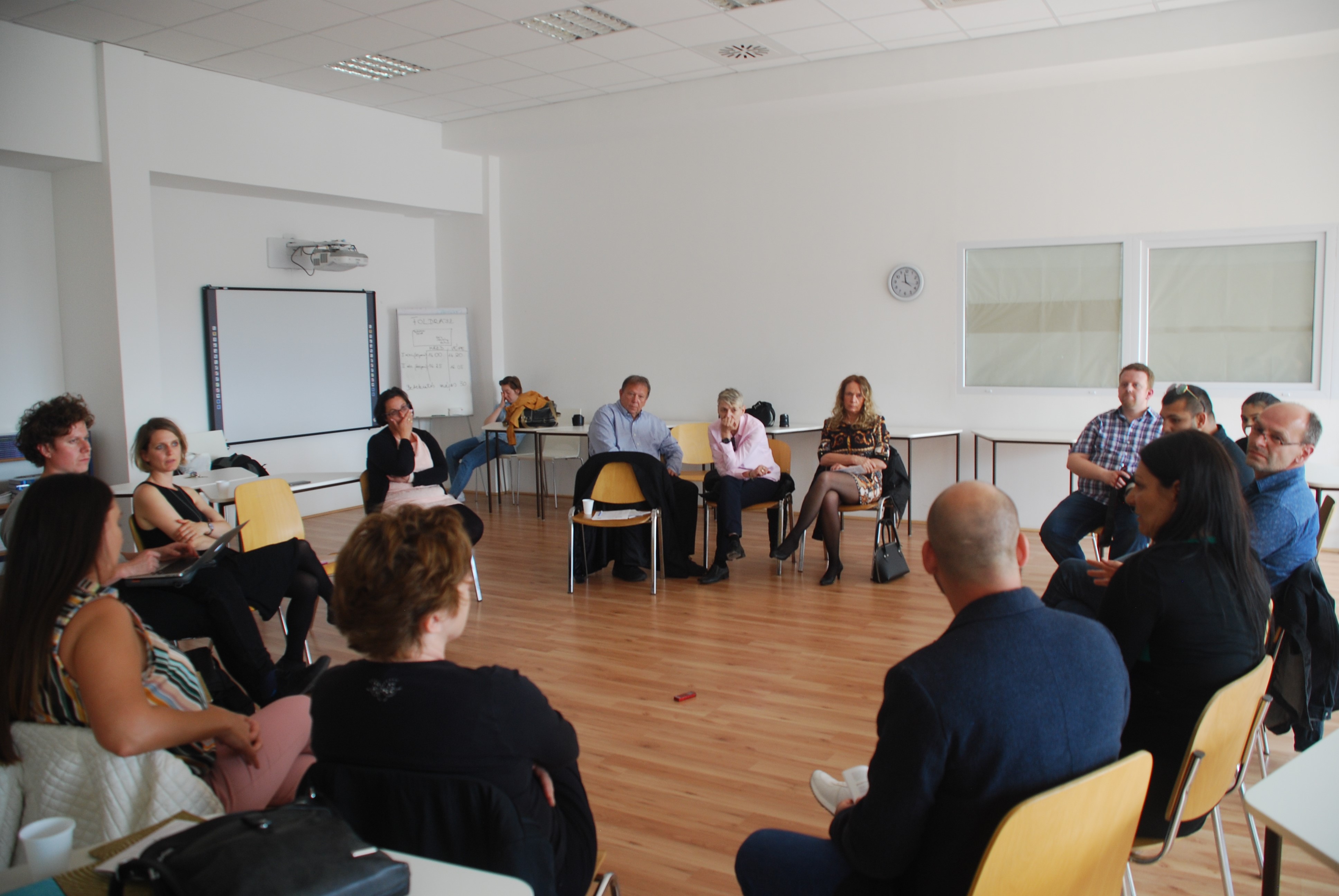
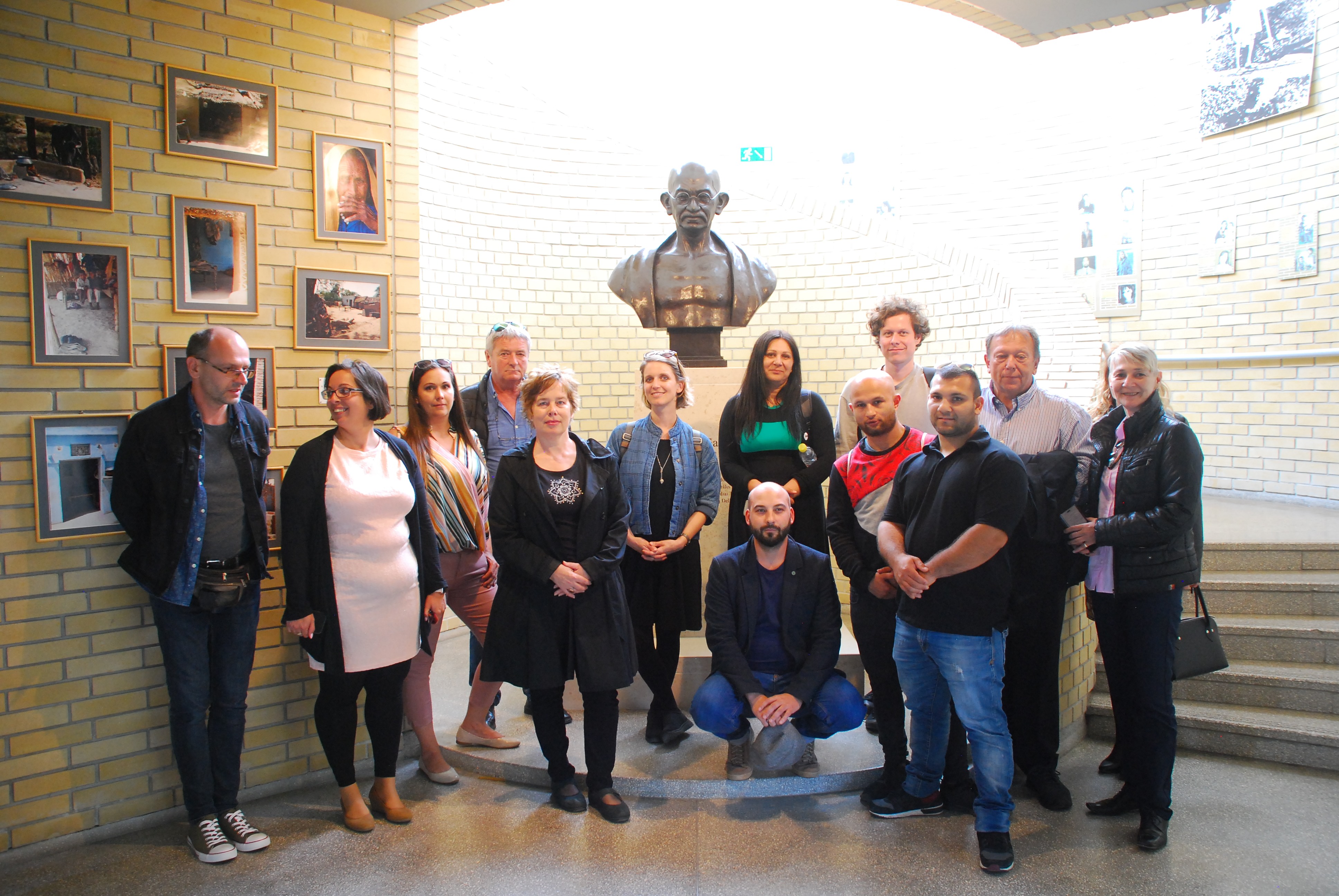









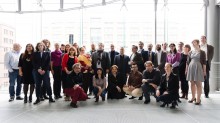
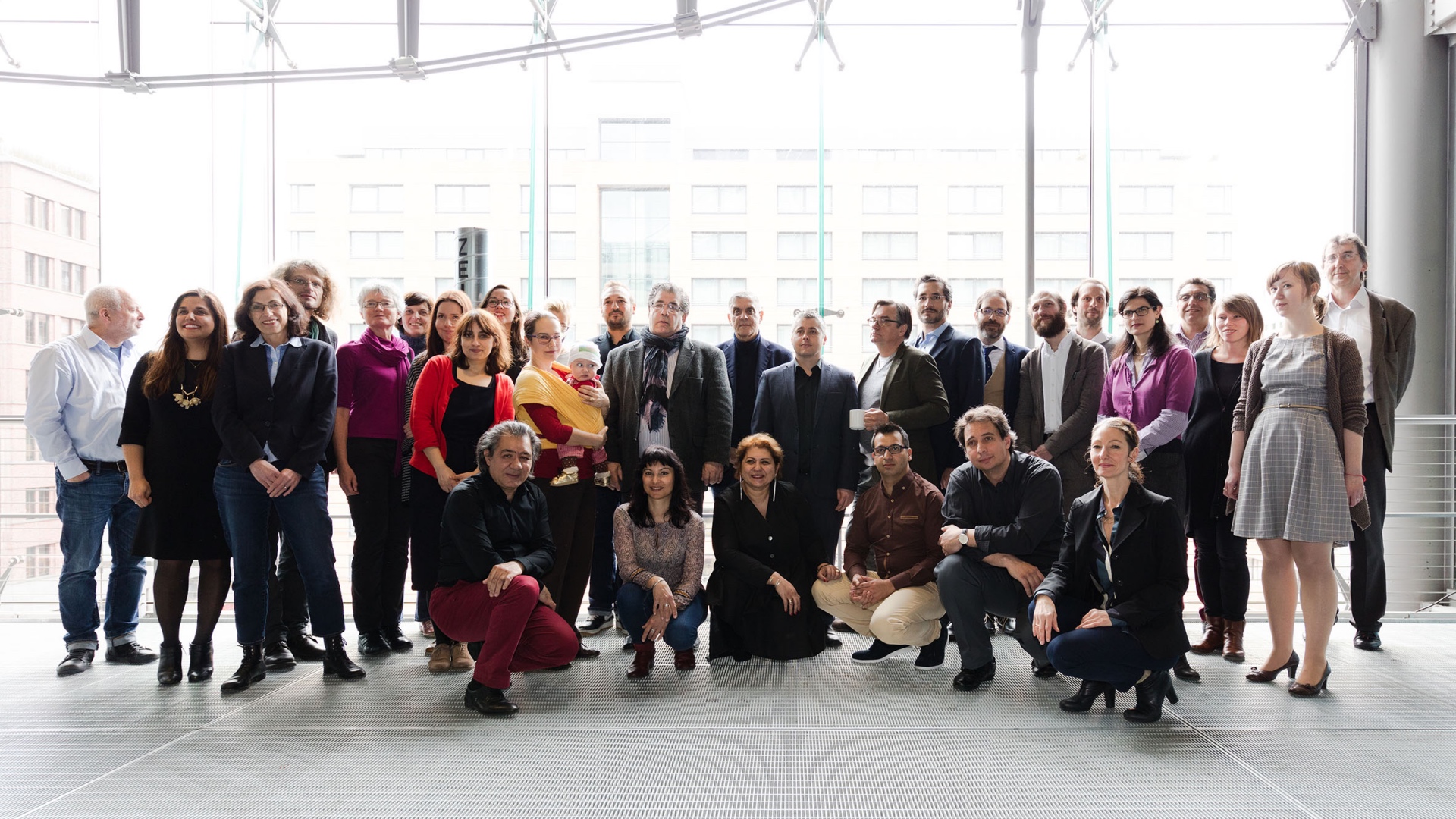 The 21 May the European Commission and Europa Nostra, the leading European heritage network, announced the winners of the European Heritage Awards / Europa Nostra Awards 2019, the Europe most prestigious honour in the field, funded by the Creative Europe programme.
The 21 May the European Commission and Europa Nostra, the leading European heritage network, announced the winners of the European Heritage Awards / Europa Nostra Awards 2019, the Europe most prestigious honour in the field, funded by the Creative Europe programme.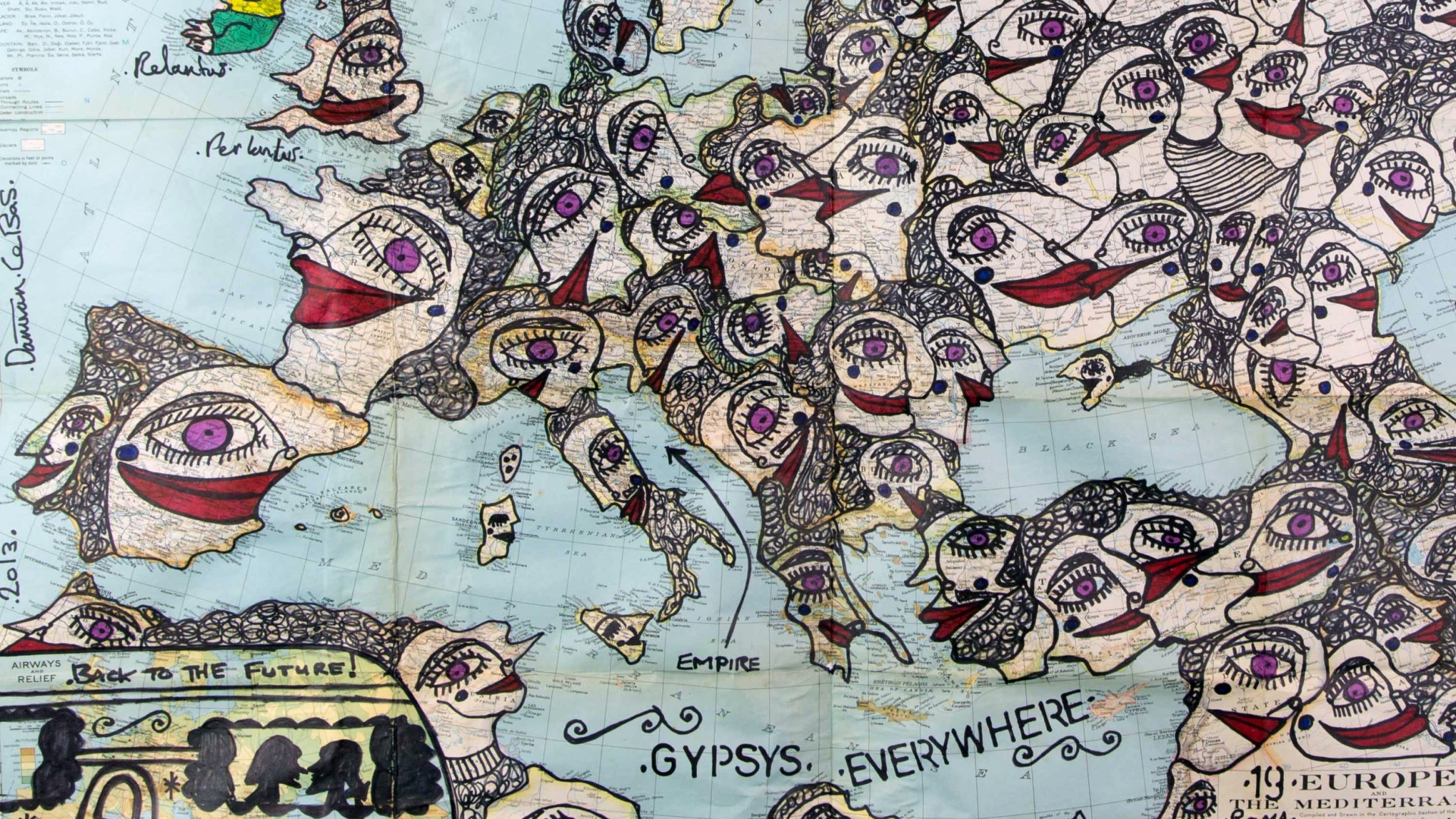 “The subject of this research is essential for the history of the people of Europe”, the jury said, “Roma, with twelve million people, constitute the largest neglected minority in Europe. This archive is particularly innovative as it pays attention to the self-representation of Romani identities, expressing both tangible and intangible aspects of this heritage and moving away from the stereotypical perceptions of Roma”.
“The subject of this research is essential for the history of the people of Europe”, the jury said, “Roma, with twelve million people, constitute the largest neglected minority in Europe. This archive is particularly innovative as it pays attention to the self-representation of Romani identities, expressing both tangible and intangible aspects of this heritage and moving away from the stereotypical perceptions of Roma”.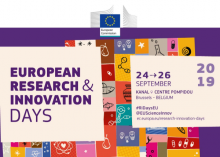
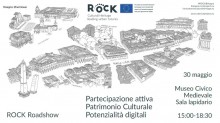
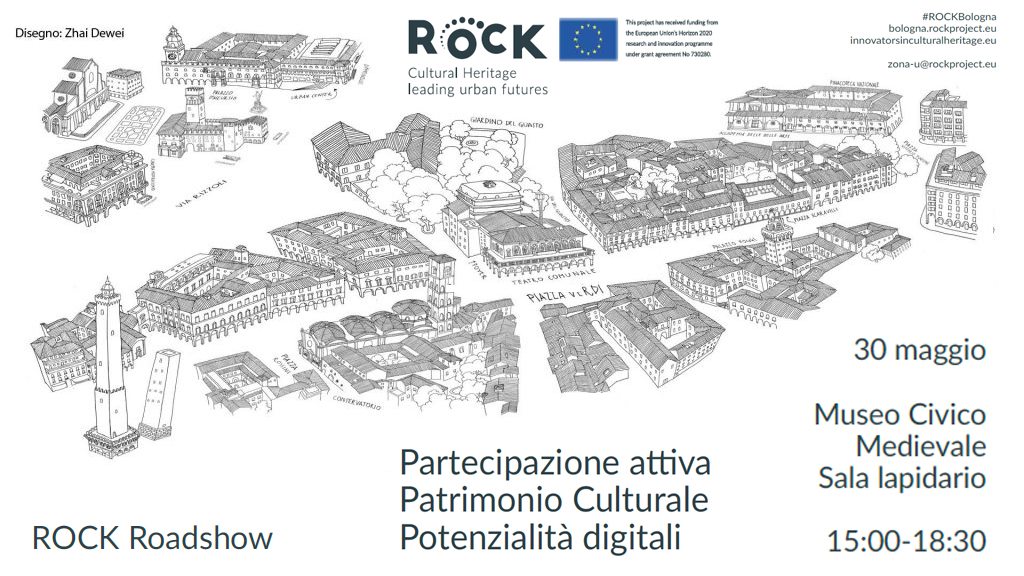
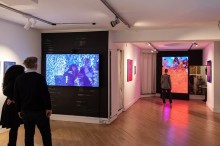
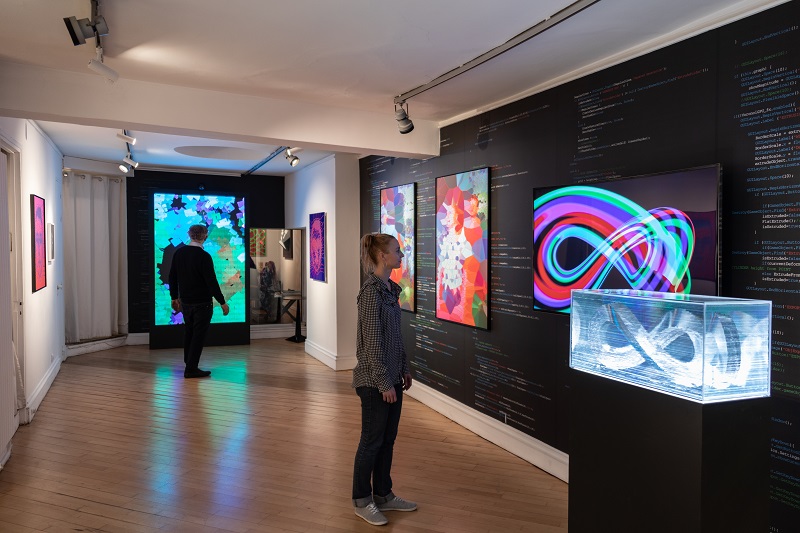
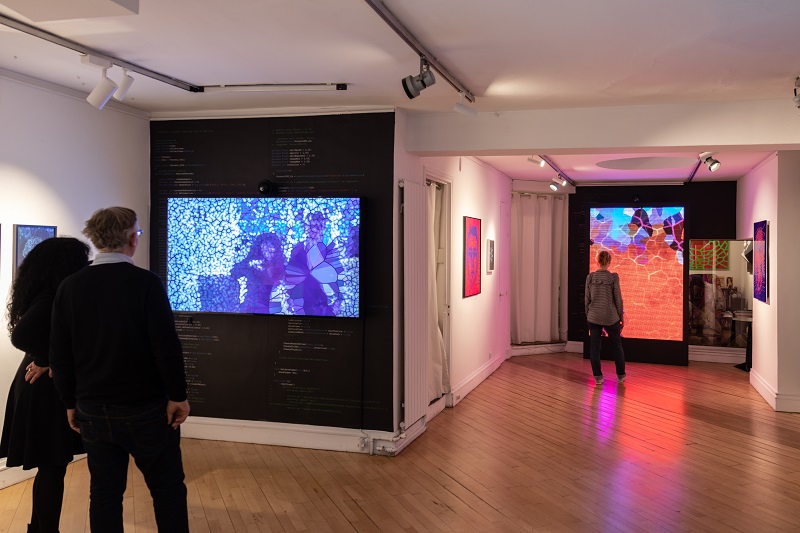
 If you have interesting news and events to point out in the field of digital cultural heritage, we are waiting for your contribution.
If you have interesting news and events to point out in the field of digital cultural heritage, we are waiting for your contribution.







































